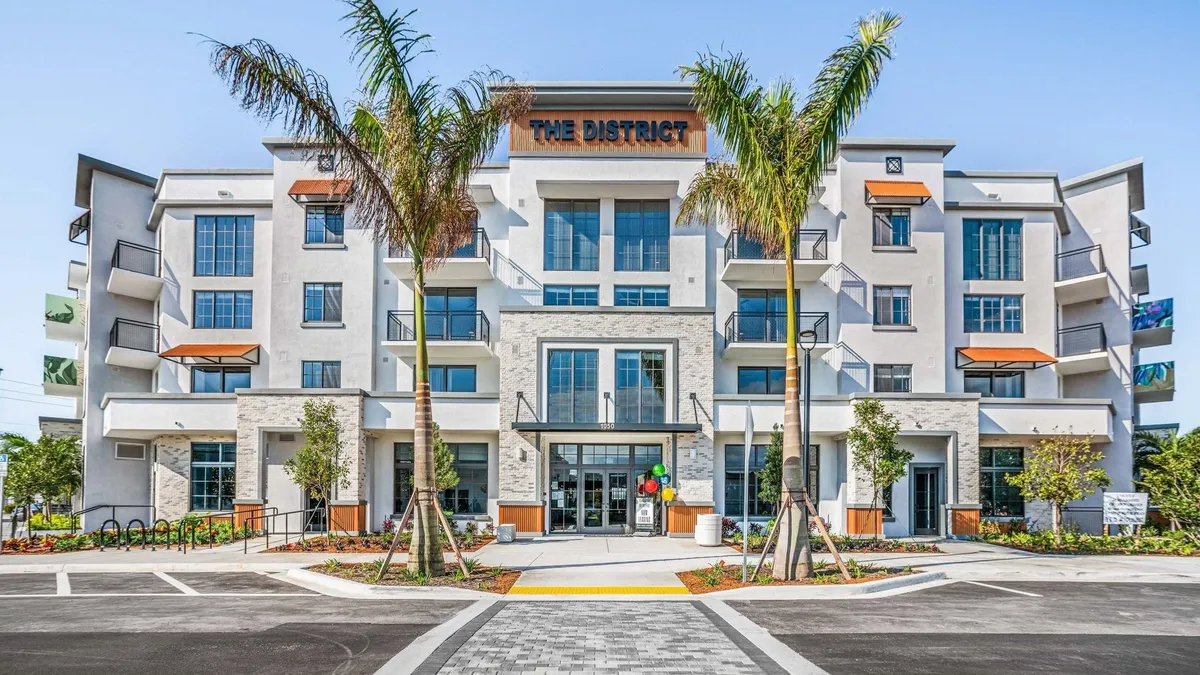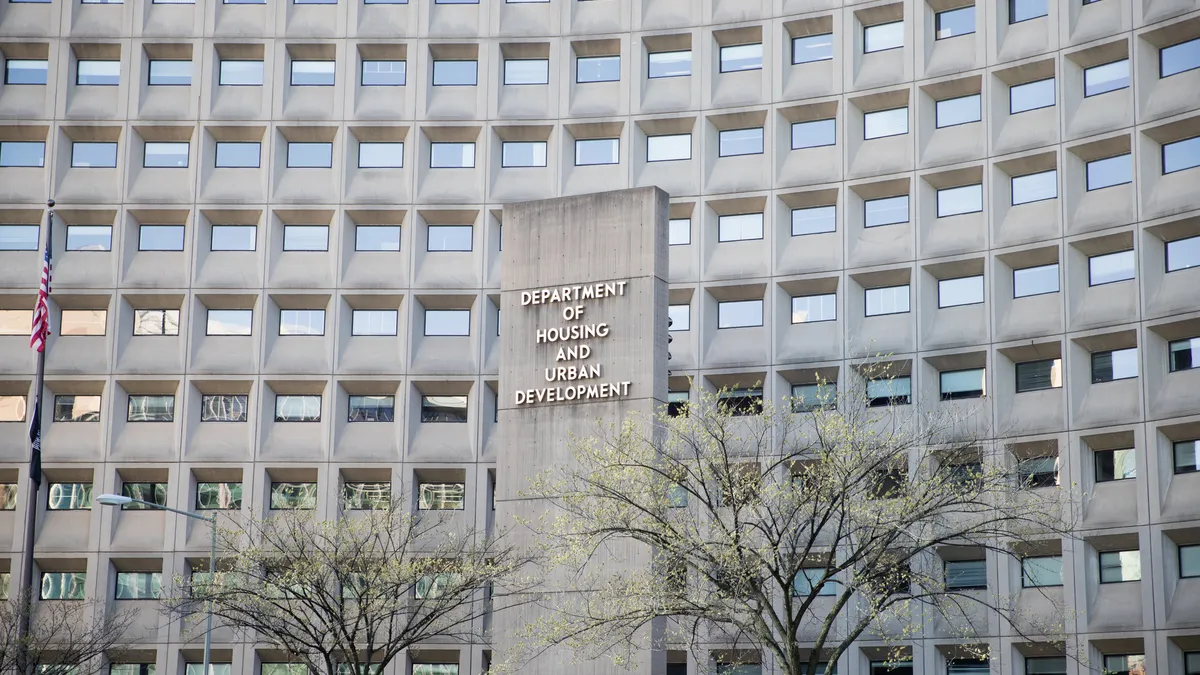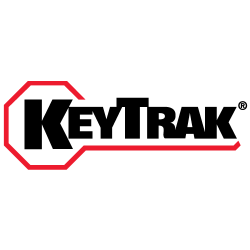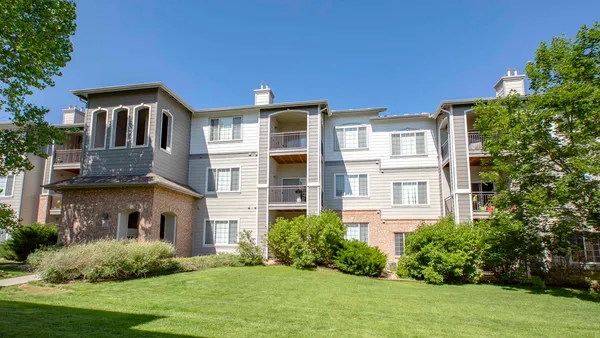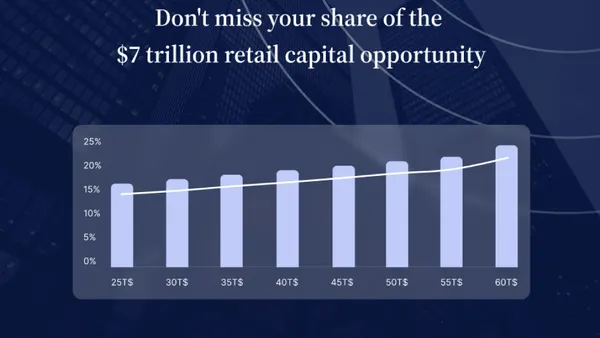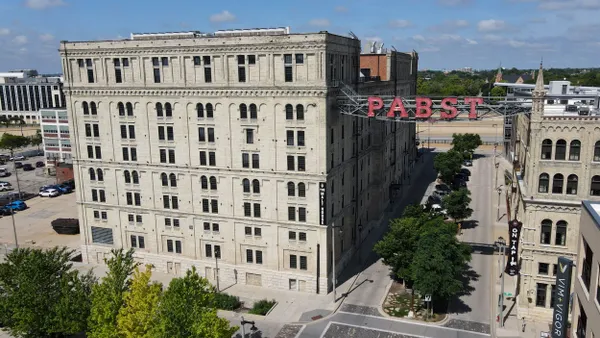In times of turmoil, sometimes it pays to be small. While larger developers like Lendlease and Brookfield are laying off workers, Palm Beach Gardens, Florida-based Eastwind Development recently made a hire.
“The good news for us is that we're relatively nimble, and we're well-capitalized,” Eastwind President Jack Weir told Multifamily Dive.
Although Weir said Eastwind isn’t closing any deals until 2024, in June the 12-person company added executive Omar del Rio, who was at Denver-based owner, manager and builder Quarterra (the former Lennar Multifamily Communities), as vice president of acquisitions and development.
“Our secret to success is not going to be winning auctions against 12 other developers and outbidding them,” Weir said. “We need to dig around and find off-market opportunities through networks that we've cultivated over the years. And Omar is an excellent addition to complement that strategy. When you have the opportunity to build your capacity, you want to do it even though there may not be an immediate deal in the offing.”
Eastwind, which has built 3,472 units (21 projects), has 699 units (three projects) under construction and 978 units (three projects) in the development pipeline, develops a variety of different multifamily housing products, including market-rate apartments, workforce housing, 55-plus communities and rental townhomes, which can also help it weather downturns, according to Weir.
“We will do smaller projects,” Weir said. “We did one in our backyard that was 136 units. We did another one in West Palm that was 178 units. We work all over the state.”
Here, Weir talks with Multifamily Dive about lending challenges, elevated construction costs and immigration’s impact on housing.
This interview has been edited for brevity and clarity.
MULTIFAMILY DIVE: How is the lending market hindering new development?
JACK WEIR: We had floating rate construction loans that were at 3%. Now, they’re at 8%. And, in the wake of the Silicon Valley Bank [collapse], there has been less leverage. The loans that you can get are more conservative. They might be 55% loan-to-cost as opposed to 65% loan-to-cost.
So we have projects that we're working on that are good real estate, but we're not closing on them until next year when we expect some of these conditions to abate a little bit.
What other factors make things more difficult?
In Florida, we had tremendous rent growth from mid-2021 to mid-2022. Net rent growth is primarily flat now. We had sale prices that really hit unprecedented levels for multifamily units. And those have backed down by probably 25%. And that's primarily a function of higher cap rates. So higher interest rates mean higher cap rates.
Have construction costs abated as rents have moderated and sales have slowed?
In any type of slowdown, you would expect there would be a reduction in construction costs, but that has not been the case. Homebuilding has picked up again because existing home buyers don’t want to sell their homes and swap a 3% mortgage for a 7% mortgage.
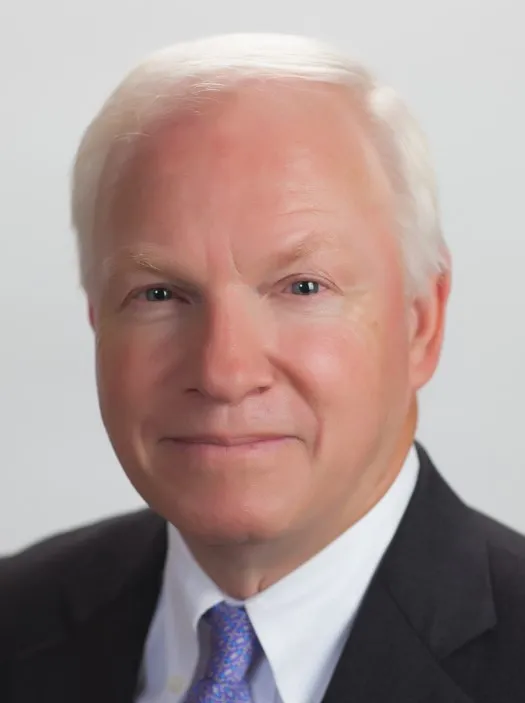
You also have all the federal dollars that are coming in between the Infrastructure Act, the CHIPS Act and the Inflation Reduction Act. All of those are sustaining and, in some cases, increasing the price of concrete and metal. So even other nonresidential uses are impacting materials costs.
In Florida, we also passed an anti-immigration bill. The net result of that has been to reduce labor on construction sites and increase the costs. The other particular Florida issue is insurance costs. They have gone up around the country, but in many places in Florida, they've close to doubled in the last year. So that depresses NOI and sales prices. And you have a higher cost of debt service.
How has Florida’s immigration bill affected construction?
You're going to have less labor for some of your crews. On one of the jobs we had under construction, one of the subcontractors lost crews on July 1 [when a law stating that private employers with 25 or more employees had to start using the E-Verify system] rolled around.
So your labor cost is going to be more, which means your construction costs are going to be higher. And because of the shortage, that means that construction schedules will lengthen. The net result is going to be higher cost per housing.
Have land prices come down?
One of the ways you would think that you would be able to adjust to this is that land would be less. But landowners are usually the last one to get the memo when the tide has turned. So when sale prices have gone down 25%, the land is not worth as much. But unless an owner has got some pressure to sell, they’re sometimes reluctant to acknowledge that change.
What sort of signals are you looking for to start developing?
It's not like we have a deal ready to go. We have to go through the entitlement process and that takes time. So, while waiting has already occurred, the deals weren't penciling out. So in terms of going forward, one of the big things is going to be interest rates. Because of the impact on cap rates, we'd like to see more of a spread between what our total development costs are and what the projected sale price would be.
Even if we're planning to hold the asset, we want to see that increase in value. Interest rates are probably the most crucial factor for that.
Click here to sign up to receive multifamily and apartment news like this article in your inbox every weekday.



